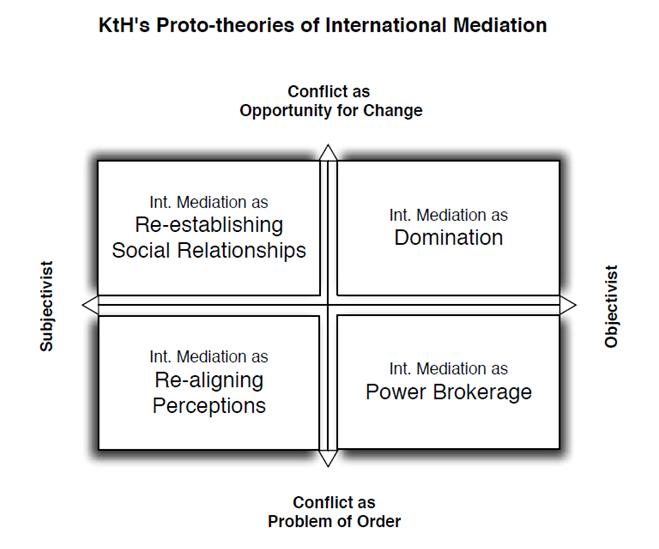Covid-19 Frontline Impact
Cramped conditions in the camps and fears over the spread of the virus suddenly made returning home the more compelling option in these times.

Power, in the field of conflict resolution, is defined as the ability to bring about a preferred outcome. Mediation practitioners further differentiate between the use of power to impose an outcome and the use of power to bring out the conflict parties’ preferred outcome.
“Power mediators,” such as great powers, colonial powers, and neighboring states, tend to use coercive power, through rewards and/or punishments, to exert pressure on the belligerents to arrive at a desired outcome. “Pure mediators,” such as international and regional organizations, NGOs, individuals, and small and distant states, create a space, free from manipulation, where the parties can address the issues being disputed and use the power of their communication skills to move the parties towards joint problem-solving.
A mediator’s organizational point-of-entry converges with his or her perceptions about the nature of conflict. Whether he or she perceives conflict as a problem of order, an opportunity for change, a disagreement about facts, or a difference about subjective perceptions (see Kleiboer and t’Hart’s chart to the right), will shape the design of a process and the tools used to arrive at a pre-determined objective, i.e. conflict settlement, conflict resolution, or reconciliation [2].
The mediator’s beliefs about what will bring about an end to the fighting, whether its exercising one’s domination over the parties, engaging in a power brokerage, re-establishing social relationships, or re-aligning perceptions (see Kleiboer and t’Hart’s chart above), determines the type of power he or she will use at the mediation table.
International Mediation as Domination: these mediators use structural power to engage the parties into rational reciprocal compromises using objective problem-solving and a search for mutually acceptable solutions that maintain the current balance of power and order.
International Mediation as a Power Brokerage: in this case, mediators use their political, military, and economic resources as leverage to de-escalate the conflict and find agreements that fit the mediating state’s own self-interests.
International Mediation as Re-establishing Social Relationships: are often those mediators providing “good offices” and who use their referent power as a moral authority in the conflict, solely concerned with the greater public good and achieving peace for its own sake.
International Mediation as Re-aligning Perceptions: are mediators focused on the parties’ private interests and who use their informational and expert power to change the belligerants' perceptions, build understanding between the parties, and help constitute new positions that have positive gains for both sides.
While less intrusive tactics lead to more durable agreements in international armed conflicts, power tactics should be used in a complementary fashion and as the context dictates in the peace-making process: power mediators can use carrots and sticks in order to get belligerents to reach an agreement and pure mediators can contribute to a climate where the parties have the ability to address the central and sensitive issues of the conflict. Power mediators are more effective when a quick de-escalation is required and military relationships need to be negotiated however, pure mediators are better at managing disputes around territorial and political power distributions [2].
---
